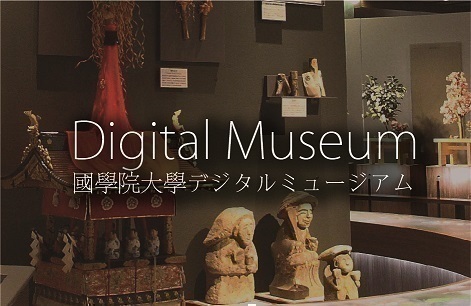- トップ
- Encyclopedia of Shinto
- Gongen shinkō
Encyclopedia of Shinto
| Main Menu: | |
| Links: |
詳細表示 (Complete Article)
| カテゴリー1: | 6. Belief and Practice |
|---|---|
| カテゴリー2: | Folk Religion |
| Title | Gongen shinkō |
| Text | Belief in the incarnation of a Buddha or bodhisattva for the sake of bringing salvation to all sentient beings. Terms having the same meaning include gonge and kegen. There also arose the idea, as seen in the honji-suijaku theory , that the kami of Japan are likewise such manifestations or that they are one and the same, and so there were kami who took on the names of avatars. Since the Heian Period, these include: Sōtō-san (see Izusan Jinja), Sannō (see Inage Jinja), Kasuga, Kumano-sanjo (see Kumano Hayatama Taisha), Gion-sanjo, Atsuta (see Atsuta shinkō), and Zaō. There was a particularly strong tendency to use Buddhist names for mountains that were the sites of ascetic practices. In medieval times, the practice of giving shrines the names of avatars spread. In general, it may be said that at the root of the various forms of syncretism, whether the title was applied or not, lay the concept of gongen. At the same time, however, in Yoshida Shintō, the superiority of the designation Daimyōjin ("great gracious deity") was advocated from the standpoint of Shintō supremacy, and the bestowal of that name was actively pursued. When Toyotomi Hideyoshi died, he became Toyokuni Daimyōjin; when, on the other hand, Tokugawa Ieyasu died, the Buddhist priest Tenkai argued from the standpoint of Sannō Shintō for the gongen name. As a result, Ieyasu took on the shingō of Tōshō Daigongen ("Great Avatar, Illuminator of the East"). With the separation of Shinto and Buddhism (shinbutsu bunri) by the Meiji government, gongen were abolished, and shrines came to be called jinja. — Yonei Teruyoshi |




